Celebrating Plants and People
-
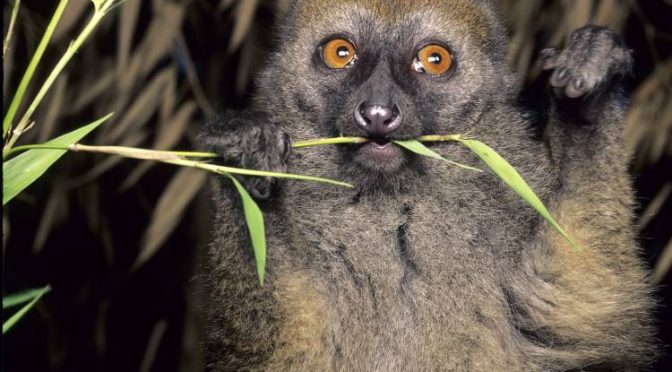
Saving Elusive Endangered Lemurs Requires A Census. Start By Identifying Their Preferred Trees
Getting reliable population numbers for these elusive animals in the remote and rugged terrain where they live isn’t easy. Counting every individual is impossible. One alternative approach, based on statistical modeling, uses the correlation between species densities at a subset of sites and environmental conditions at those locations to infer how many individuals are present…
-
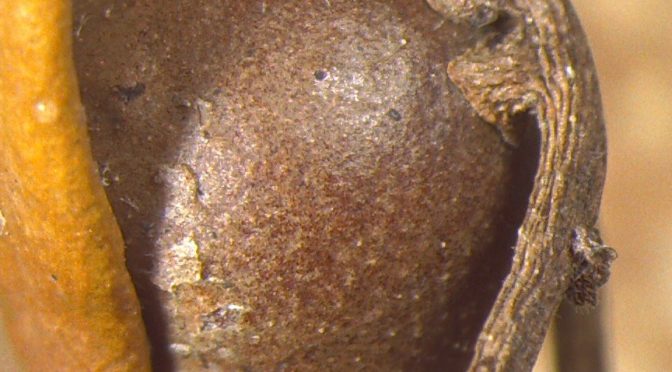
When A Tree’s Parasite Has A Parasite Of Its Own
Scientists studying wasps that target oak leaves found that a second parasite, a vine, can get its tendrils into the homes set up by the wasps, called galls, subverting their diversion of the host’s resources. After that, things don’t go so well for the wasp. (Click on title for full story.)
-
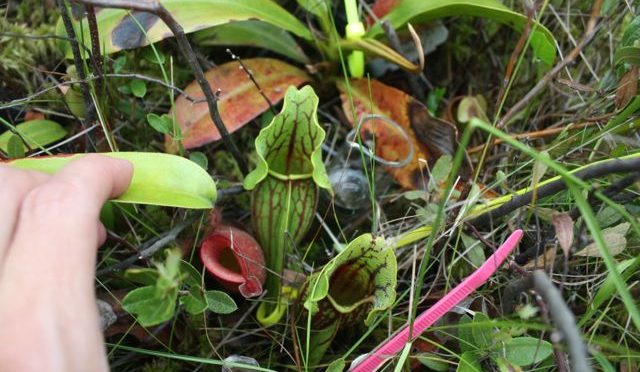
Although Separated By Continents And Seas, Carnivorous Plants Can Trade Homes
Asian pitchers transplanted to Massachusetts bogs can even mimic the natives so well that the pitcher plant mosquito — a specialized insect that evolved to complete its life cycle exclusively in North American pitchers — lays eggs in the impostors. The researchers say this work provides a much richer picture of how convergence can extend…
-

The Weird “Moss Balls” That Float By Day And Sink By Night
But why do marimo float during the day but not at night? Was light the trigger, or were marimo following their own internal clock? (Click on title for full story.)
-
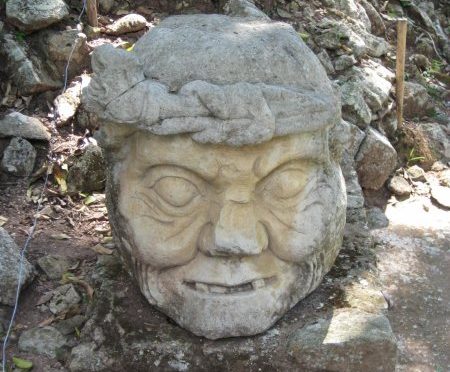
The Mayan Civilization Collapsed Due To Deforestation. And The Land Has Still Not Recovered
“When you go to this area today, much of it looks like dense, old-growth rainforest, But when you look at soil carbon storage, it seems the ecosystem was fundamentally changed and never returned to its original state.” (Click on title for full story.)
-

Tropical Forests Have Such Species Diversity Because… Well It’s Complicated
Ecologists have long struggled to explain why tropical forests have so many different species of trees. One dominant theory to emerge contends that each plant has a specialist natural enemy that helps keep populations of that plant in check — and allows others to thrive. A new study by Yale researchers finds that this phenomenon,…
-
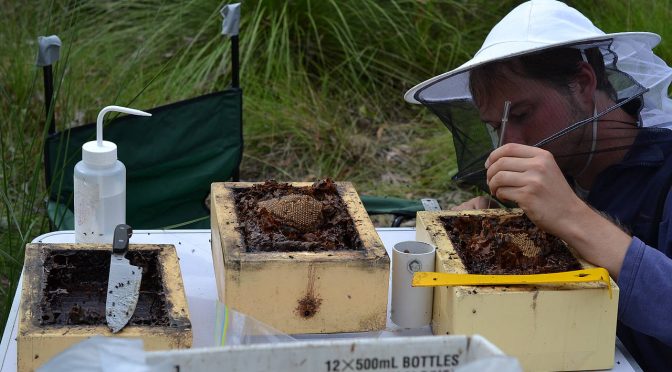
Bees Thrive In Biodiverse Environments And Decline Elsewhere
What they found was: The bees’ quality of life was highest in gardens and biodiverse forests, and lowest in plantations. As the plant biodiversity declines, bees produce less offspring, so that colonies shrink in size. “Bees need diversity,” (Click on title for full story.)
-
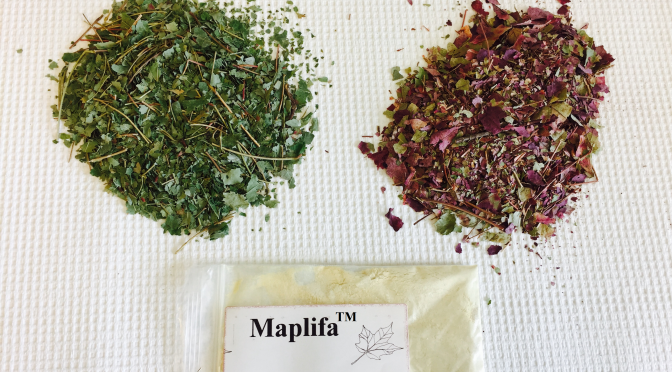
Serum Form Maple Leaves May Prevent Wrinkles
“You could imagine that these extracts might tighten up human skin like a plant-based Botox®, though they would be a topical application, not an injected toxin,” (Click on title for full story.)
-

This Pollinator From 99-million Years Ago Far Pre-Dates Bees
Previous findings have shown that both beetles and cycads were around at least 250 million years ago, and may have been interacting even back then. But finding evidence of their partnership in fossils compressed in rock—the primary type of fossil available from earlier than about 120 million years ago—is tricky because of the lack of…
-

Harnessing Birds To Protect Agricultural Crops From Insect Pests
“The plant is damaged, the plant emits something that recruits help and we’re all thinking it’s help from other insects but it seems that birds are also using that as a cue to locate a plant or a group of plants. Then what we think is that they use their visual equity to locate the…
